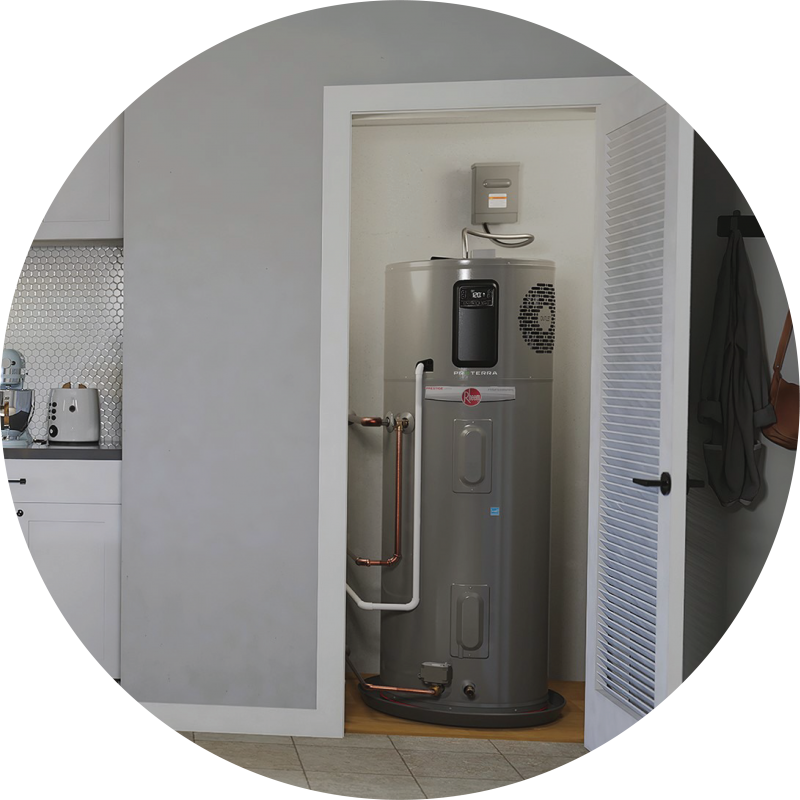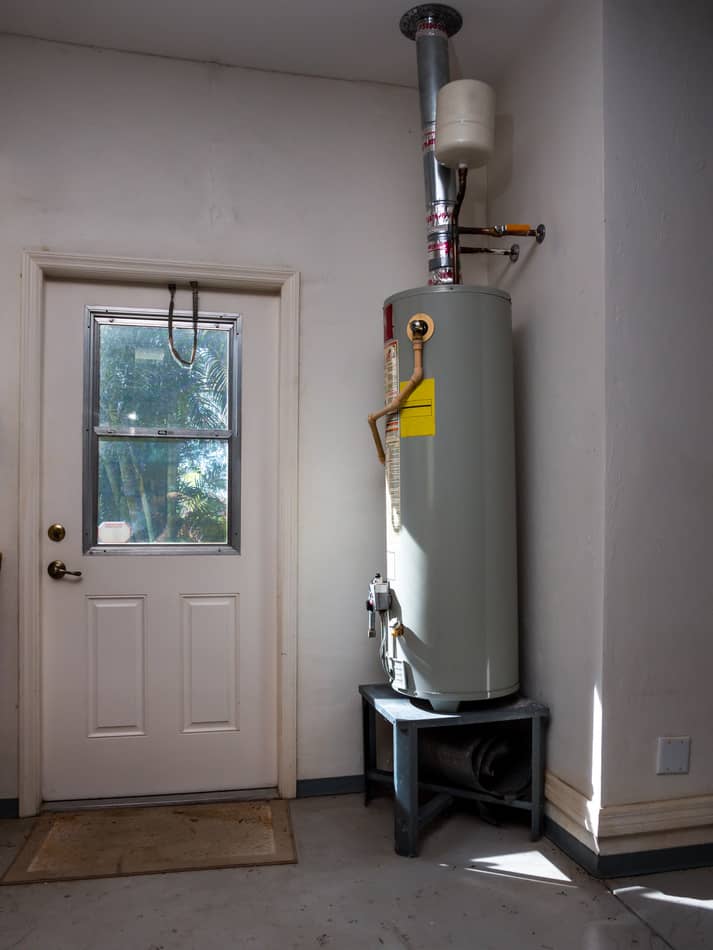Presented here underneath yow will discover some wonderful tips concerning How to Maintain a Hot Water Heater in a Few Simple Steps.

Warm water is important for everyday convenience, whether it's for a revitalizing shower or washing dishes. To guarantee your warm water system runs efficiently and lasts longer, routine upkeep is vital. This short article gives functional pointers and understandings on how to maintain your home's hot water system to prevent interruptions and expensive repairs.
Introduction
Maintaining your home's hot water system may seem complicated, yet with a few simple steps, you can ensure it operates smoothly for years to come. This guide covers whatever from recognizing your hot water system to do it yourself maintenance suggestions and knowing when to employ specialist help.
Importance of Keeping Your Warm Water System
Normal maintenance not only expands the life-span of your warm water system however likewise ensures it operates efficiently. Neglecting maintenance can result in decreased efficiency, higher energy bills, and even early failing of the system.
Indicators Your Warm Water System Requirements Upkeep
Understanding when your hot water system needs interest can avoid major issues. Keep an eye out for indications such as inconsistent water temperature, weird noises from the heater, or corroded water.
Flushing the Water Heater
Purging your hot water heater removes debris buildup, boosting effectiveness and prolonging its life.
Monitoring and Replacing Anode Rods
Anode rods prevent deterioration inside the container. Examining and replacing them when broken is important.
Complicated Concerns Needing Professional Help
Instances include significant leakages, electrical troubles, or if your water heater is continually underperforming.
Regular Expert Upkeep Perks
Specialist upkeep can include complete evaluations, tune-ups, and making sure conformity with safety criteria.
Evaluating and Readjusting Temperature Setups
Readjusting the temperature setups guarantees optimum performance and safety and security.
DIY Tips for Upkeep
You can perform several upkeep tasks on your own to maintain your hot water system in leading condition.
Checking for Leaks
Consistently examine pipelines and connections for leaks, as these can bring about water damage and greater costs.
Comprehending Your Warm Water System
Prior to diving into upkeep tasks, it's practical to understand the basic components of your warm water system. Normally, this consists of the water heater itself, pipes, anode rods, and temperature level controls.
Month-to-month Maintenance Tasks
Routine month-to-month checks can help catch small issues before they intensify.
Examining Pressure Relief Valves
Checking the stress relief valve ensures it works appropriately and protects against excessive pressure accumulation.
Insulating Pipelines
Shielding hot water pipes decreases warm loss and can conserve power.
When to Call a Specialist
While DIY upkeep is valuable, some issues require professional competence.
Verdict
Normal upkeep of your home's hot water system is vital for effectiveness, durability, and expense financial savings. By complying with these ideas and recognizing when to seek professional help, you can ensure a dependable supply of hot water without unexpected disruptions.
Water Heater Maintenance Tips
Test the TPR Valve
Shut off the power and the cold-water supply valve. Place a bucket under the pipe connected to the temperature-pressure-release (TPR) valve on the top or side of the tank. (This valve opens if the tank pressure gets too high.) Lift the valve’s tab to let some water out, then let go. If water keeps flowing, drain the tank partway, unscrew the old valve with a pipe wrench, and install a new one. Check the Anode Rod
Put a hose to the tank’s drain cock and let out a few gallons of water. Now fit a 1 1/16-inch socket onto the rod’s hex head on top of the heater (or under its top plate) and unscrew the rod. If it’s less than ½ inch thick or coated with calcium, buy a new one, wrap its threads with Teflon tape, put it back in the tank, and tighten securely. Use this segmented rod if headroom above the tank is limited. Drain the Tank and Wash Out Sediment
Drain the remaining water in the tank into the bucket, then stir up the sediment on the tank’s bottom by briefly opening the cold-water supply valve. Drain and repeat until clean water comes out of the hose. Close the drain cock, refill the tank, and turn its power back on. Adjust the Temperature
Find the temperature dial on the side of the tank and unscrew its cover. Adjust the dial to 120 degrees using a flathead screwdriver. For every 10 degrees the temperature is lowered, you can expect to save up to 5 percent in energy costs. Turn the water heater off or the thermostat down to its lowest setting if you plan to be away from home for more than three days. Insulate the Pipes
Buy some self-sticking 3/8-inch-thick foam pipe insulation that matches the pipes’ diameter. Slide the foam over the hot-and cold-water pipes as far as you can reach. Insulating the cold-water pipe prevents condensation in summer. Peel the tape and squeeze the insulation closed. If the pipe is 6 inches or less from the flue, cover it with 1-inch-thick unfaced fiberglass pipe wrap. https://www.thisoldhouse.com/plumbing/21016402/how-to-maintain-a-water-heater

We had been shown that editorial about What Kind of Maintenance Do Water Heaters Need? through someone on our other web blog. Sharing is nice. Helping others is fun. Thanks a lot for your time. Don't forget to check our blog back soon.
Call Today